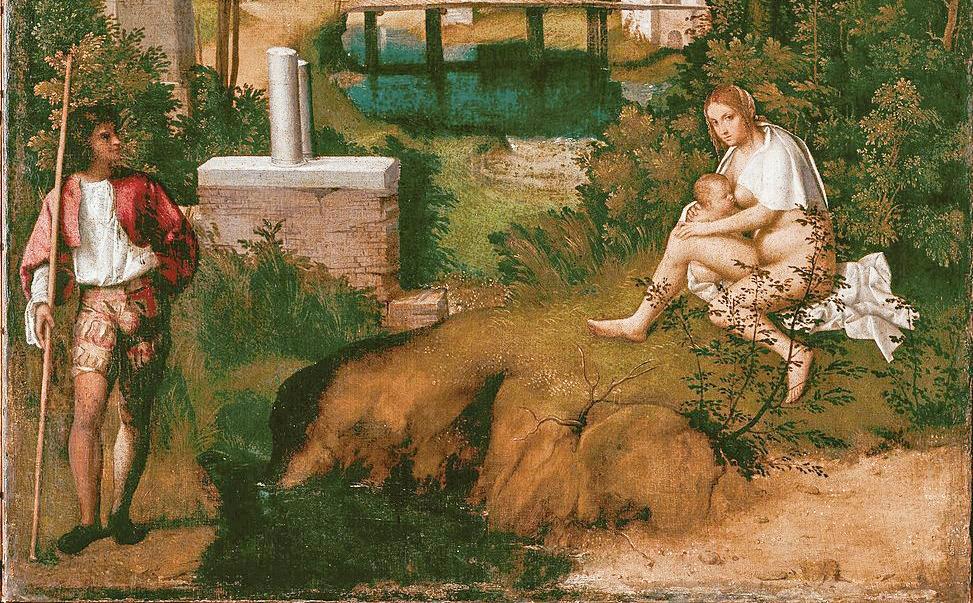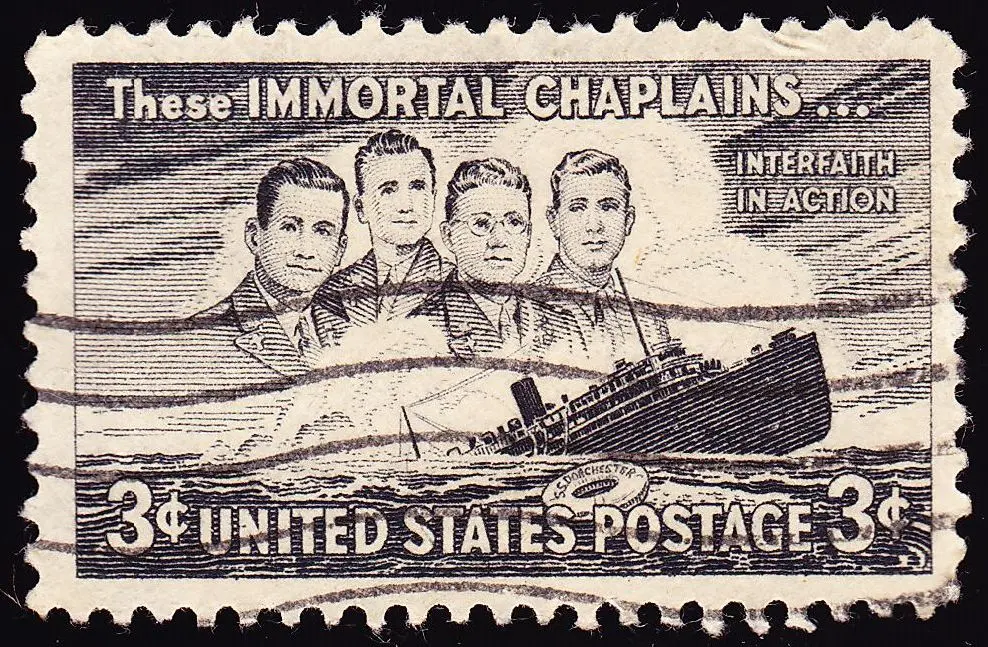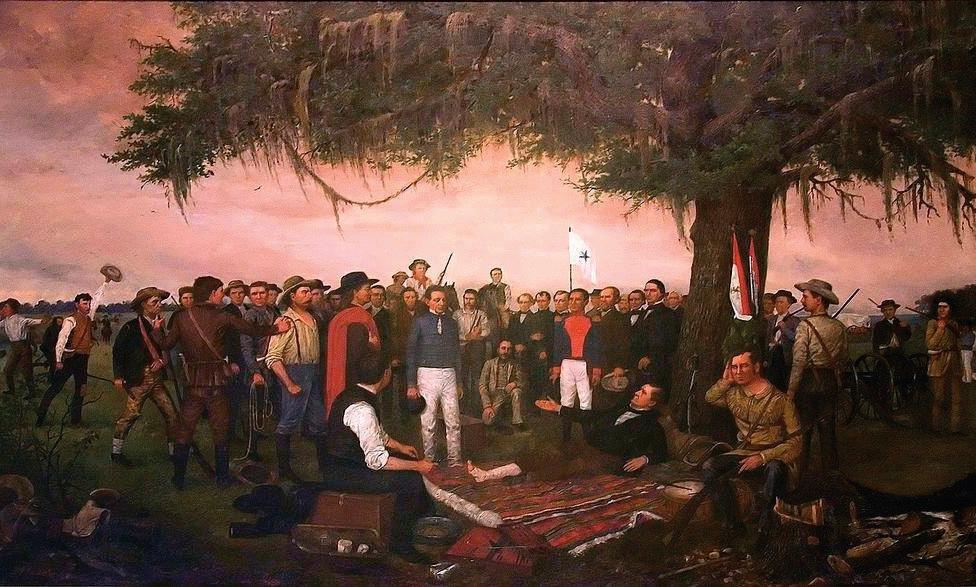In Mark Helprin’s novel “A Soldier of the Great War,” we meet Alessandro Giuliani, a young Italian studying philosophy and aesthetics. The Great War—World War I—upends his plans for a career as a professor contemplating art and beauty, and we follow him through battles, imprisonment and near execution by his own army, and capture by enemy forces. During these ordeals he meets Ariane, the nurse he quickly comes to love. Thinking she has died in a bombing of the dispensary, he spends the years immediately after the war working odd jobs and trying to mend his psychological wounds.
Oddly enough, a major character in this book is the Italian artist Giorgione’s “La Tempesta,” or “The Tempest,” a painting from the early 16th century. Alessandro is enamored of this mysterious canvas, spends parts of the novel either pondering its meaning or discussing it with others, and eventually, when a museum guard remembers a woman weeping in the gallery in front of “The Tempest,” is reunited with the love of his life.






